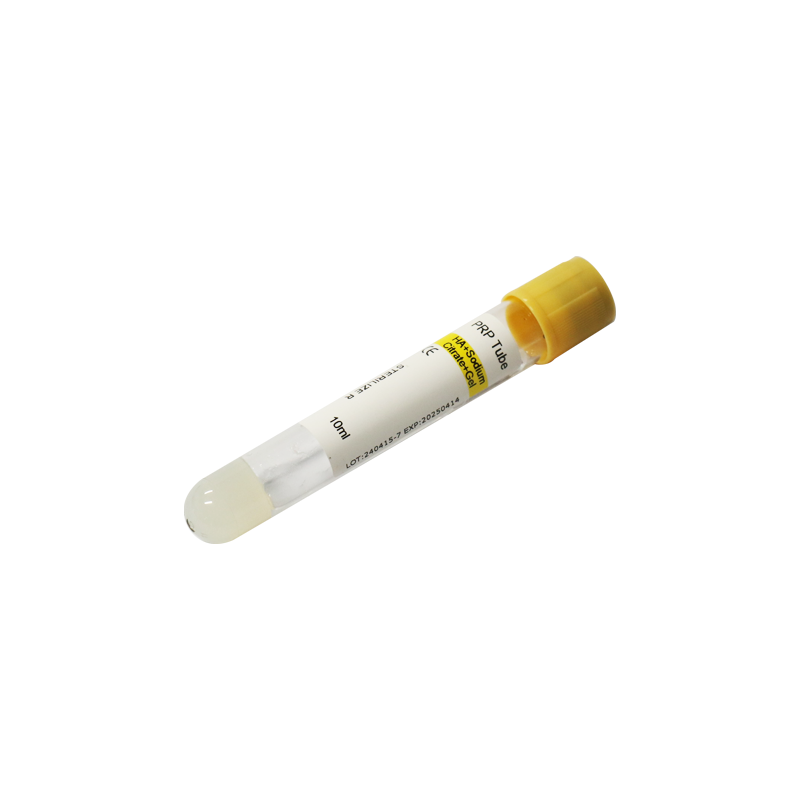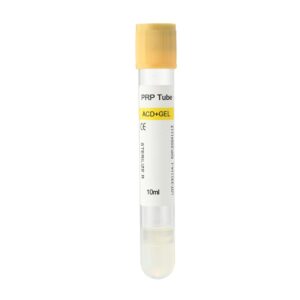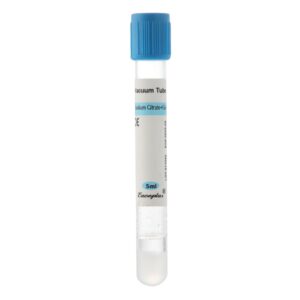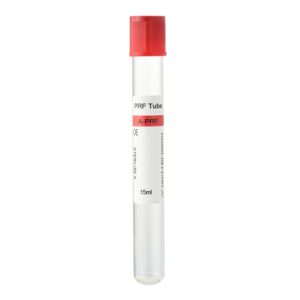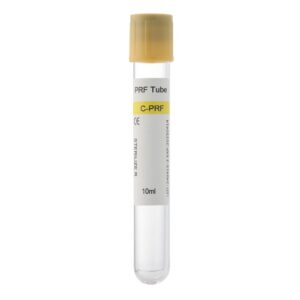Platelet-rich plasma (PRP) is a treatment method that extracts and concentrates platelets from a patient’s blood. These platelets contain growth factors that promote tissue repair, reduce inflammation, and accelerate healing. Healthcare providers widely use PRP therapy in medicine, cosmetics, and sports medicine, and the Sodium Citrate+Gel+HA Platelet-rich plasma formulation enhances the effectiveness and applicability of Platelet-rich plasma treatment.
The Basics of PRP and Its Applications
PRP is obtained through centrifugation, which separates blood into its components and concentrates platelets, white blood cells, and plasma. It promotes wound healing, relieves pain, encourages tissue regeneration, and combat aging. One of PRP’s key advantages is that it uses the patient’s blood, minimizing the risk of immune reactions and side effects, leading to better tolerance in most cases.
Components of Sodium Citrate+Gel+HA PRP
The Sodium citrate + gel + HA PRP formulation is an advanced version of traditional Platelet-rich plasma, offering notable improvements in treatment outcomes and ease of use.
- Sodium Citrate: Sodium Citrate is an anticoagulant, preventing blood from clotting during the separation process. Stabilizing the blood sample ensures that platelets remain active and abundant. This is crucial for producing high-quality PRP.
- Gel: The gel component enhances the stability and retention of platelets at the treatment site. Increasing the PRP’s viscosity allows for better adherence to the affected tissue, ensuring that growth factors are released more evenly and continuously. This promotes more effective healing and regeneration.
- HA (Hyaluronic Acid): Hyaluronic acid is a naturally occurring polysaccharide in skin, joints, and connective tissue. Known for its powerful moisturizing, anti-inflammatory, and regenerative properties, HA significantly enhances the PRP formulation. When added to PRP, HA improves lubricating properties, supports tissue repair, and helps reduce pain and inflammation. This makes it particularly effective in both cosmetic treatments and joint therapies.
Applications of Sodium Citrate+Gel+HA PRP
Combining Sodium Citrate, Gel, and HA in Platelet-rich plasma offers unique advantages across multiple medical and cosmetic fields, providing more targeted and effective treatments.
- Cosmetic and Anti-Aging Treatments: Hyaluronic acid is especially beneficial in skin rejuvenation. It stimulates collagen production, improves skin elasticity, and reduces fine lines and wrinkles. HA helps to lock in moisture, making skin feel plumper and more hydrated. This makes Sodium Citrate+Gel+HA PRP highly effective for anti-aging therapies, facial rejuvenation, and overall skin health.
- Joint Treatment and Cartilage Repair: In joint therapy, PRP promotes cartilage repair and reduces pain. The addition of hyaluronic acid helps to lubricate the joint, providing relief from conditions like osteoarthritis. Platelet-derived growth factors stimulate cartilage regeneration, and HA aids in joint fluid replenishment, easing discomfort and improving joint mobility.
- Soft Tissue Injury Repair: PRP is widely used to repair muscle, tendon, and ligament injuries. By injecting PRP, growth factors released by the platelets encourage the formation of new blood vessels and accelerate tissue healing. The gel component helps increase platelet concentration at the injury site, ensuring more effective and faster recovery. HA helps to reduce inflammation and supports tissue repair, minimizing scarring.
- Sports Medicine and Rehabilitation: Sodium Citrate+Gel+HA PRP offers significant benefits for athletes or active individuals in speeding up recovery from sports injuries. PRP therapy helps repair ligaments, muscles, and tendons strained or damaged during intense physical activity. This formulation can reduce recovery time and prevent long-term damage, ensuring quicker returns to full activity.
How is Sodium Citrate+Gel+HA PRP Prepared?
Preparing Sodium Citrate+Gel+HA PRP requires specialized centrifugation equipment. Healthcare providers first collect a blood sample from the patient and treat it with Sodium Citrate to prevent clotting. They then process the sample in a centrifuge to separate its components, concentrating the platelets. After separation, they add Gel and Hyaluronic Acid to the platelet-rich plasma to enhance its healing properties.
Trained medical professionals should perform this process to ensure the quality of the PRP and the best possible results.
Conclusion
The Sodium Citrate+Gel+HA PRP formulation represents a significant advancement in Platelet-rich plasma therapy. By combining an anticoagulant, gel, and hyaluronic acid, this formulation provides enhanced healing and regeneration, making it highly effective in treating skin conditions, joint issues, and soft tissue injuries. This PRP formulation offers impressive clinical benefits, whether used for cosmetic treatments, cartilage repair, or sports medicine.
If you are considering PRP therapy, understanding the different formulations and their advantages can help you make an informed decision. Sodium citrate + gel + HA Platelet-rich plasma offers a safer, more effective choice for many medical and cosmetic needs, ensuring faster recovery and better results.

